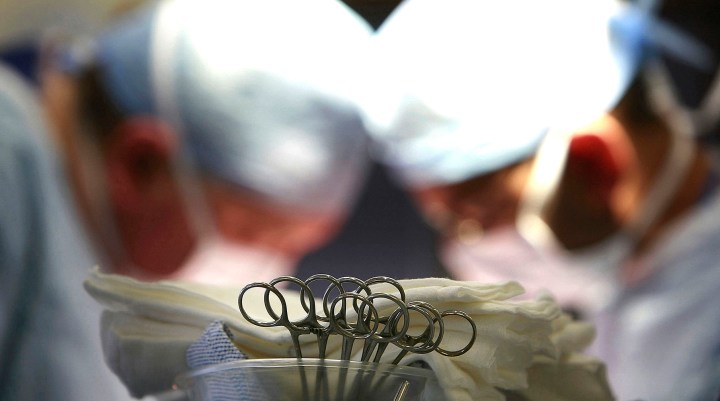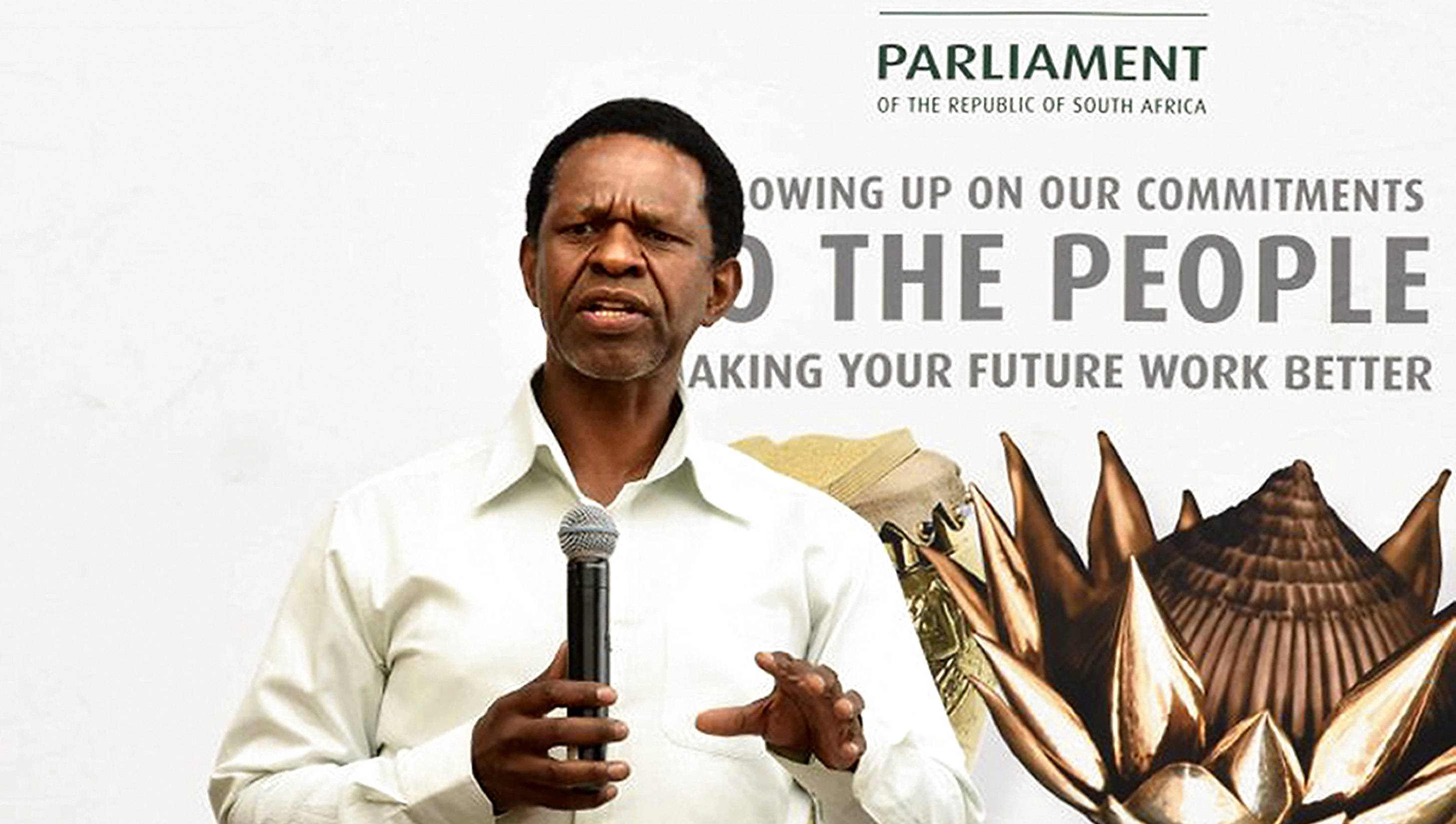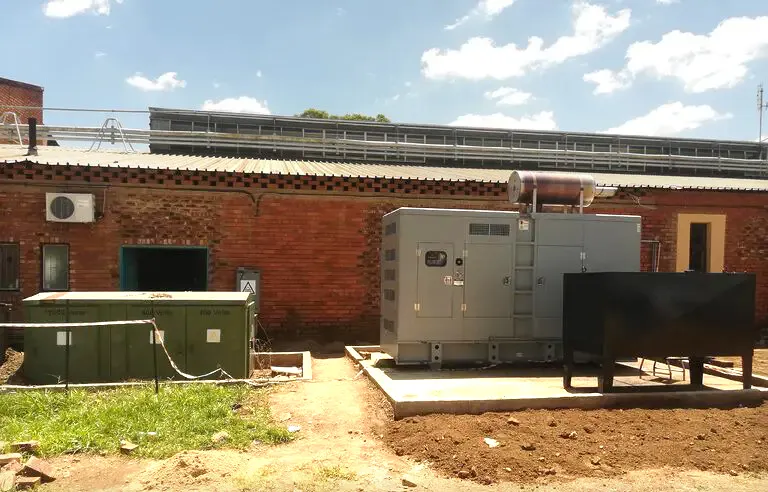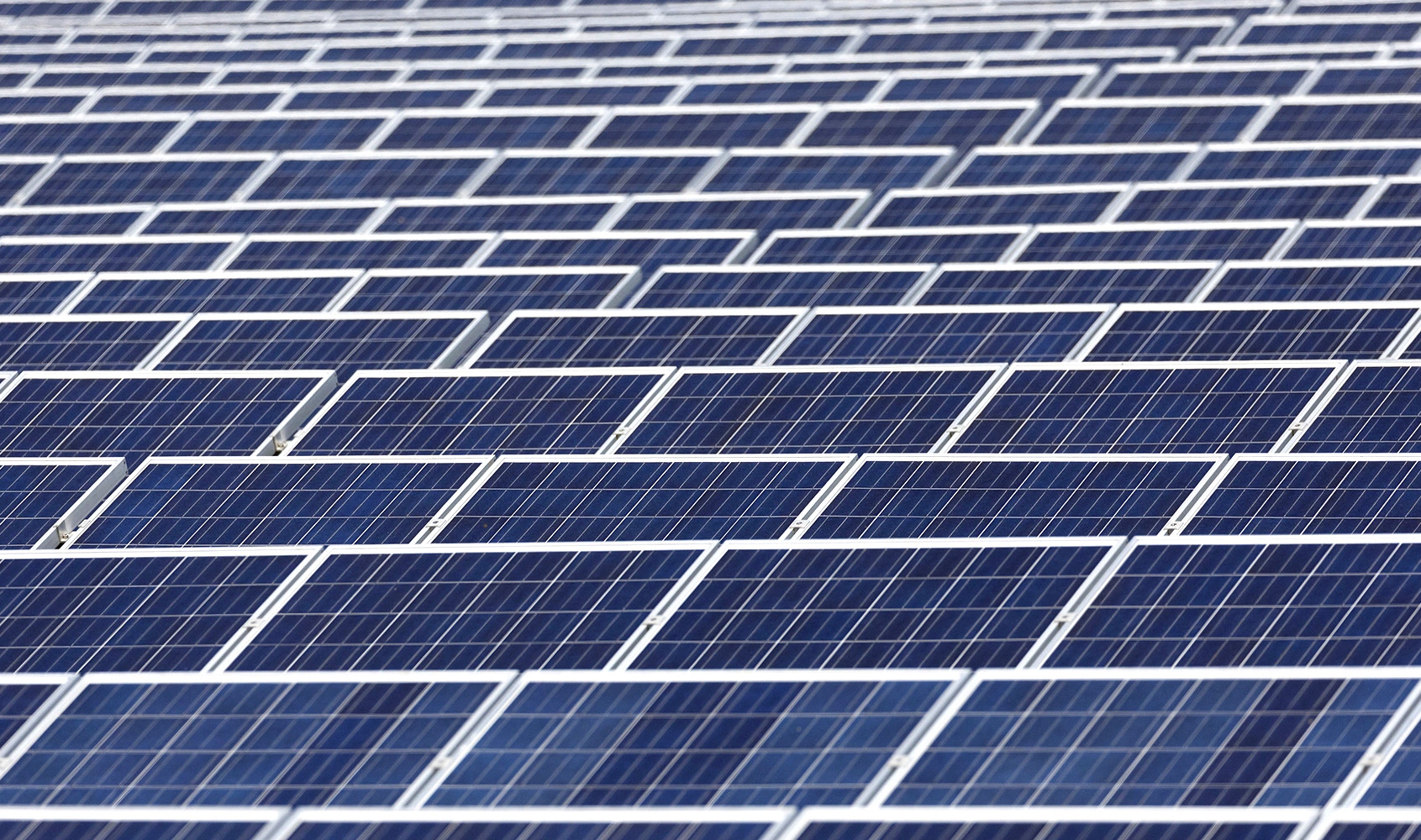SPOTLIGHT
Should SA’s public hospitals get off the grid and go solar?

For businesses and households that can afford it, solar panels and batteries offer a way to keep the lights on during South Africa’s endless blackouts. Such technologies may also offer a solution for healthcare facilities, where a reliable energy supply can make the difference between life and death. Spotlight spoke to experts in the public and private health sectors about the chances of solar energy mitigating the impact of load shedding on health services.
The problem of reliable power at health facilities goes much wider than South Africa’s current load shedding woes. More than one in 10 health facilities in sub-Saharan Africa lack any electricity access and power is unreliable for a full half of all facilities in the region, a recently published report on the electrification of health facilities found.
A needs analysis by the World Bank, which is included in the report, shows that “almost two-thirds (64%) of healthcare facilities in low and middle-income countries require some form of urgent intervention – for instance, either a new electricity connection or a backup power system – and some $4.9-billion is urgently needed to bring them to a minimal standard of electrification”.
The report identifies solar energy as a potential solution.
The situation in SA
During a briefing by deputy health minister Dr Sibongiseni Dhlomo to the National Council of Provinces in February, MPs heard that the department provided Eskom with a list of 213 hospitals to be considered for possible exemption.

Dr Sibongiseni Dhlomo, chair of Parliament’s Portfolio Committee on Health. (Photo: Nasief Manie / Spotlight)
Dhlomo said that “about 67% of these are supplied by municipalities, whilst about 33% are supplied by Eskom. Of the 213 hospitals, 76 have been exempted (26 directly supplied by Eskom and 50 by municipalities)”.
There are 400 hospitals and more than 3,800 clinics in the public health sector.
Many of these health facilities, for now, depend on backup diesel generators when load shedding kicks in, but with longer blackouts, the increased use of generators comes with a hefty price tag for health facilities. In Gauteng, for example, health facilities by August last year had spent R42.5-million on diesel for generators – almost double the amount spent in the same period in 2021, the Health MEC said in response to a question in the Gauteng legislature.
In North West province, health spokesperson Tebogo Lekgethwane says the Mahikeng Provincial Hospital, which is not among the facilities exempt from load shedding – spends nearly R800,000 a month on diesel and servicing backup generators.
“Sometimes the health facility runs short of capital to procure diesel,” says Lekgethwane.

A diesel generator at Mahikeng Hospital in North West. (Photo: Nthusang Lefafa / Spotlight)
Added to the cost issue, however, is concern that persistent power surges also reduce the lifespan of specialised equipment like CT scans, radiology and theatre equipment.
President of the South African Society of Anaesthesiologists, Dr Caroline Corbett, tells Spotlight that the equipment they use is taking a knock as a result of power surges.
“There has been a decay in our medical equipment because of power surges. Anaesthesia is extremely dependent on power. All our monitoring and intervention equipment requires some sort of power. As a result of load shedding, we have seen an increase of equipment requiring servicing ahead of their service plans,” she says.
“Devices have been short-circuiting and batteries decaying because we are running them flat, where previously they were using a stable electricity connection.”
Load shedding has also made the existing backlogs in surgeries more pronounced, Corbett says, adding that it has caused a huge strain on budgets in both the private and public sectors since hospitals and private clinics have had to invest in alternative sources of energy when the power goes out.
It is anticipated that the recent move to declare South Africa’s electricity crisis a National State of Disaster could facilitate the exemption of more hospitals from load shedding and make available the necessary funds for mitigation plans. These plans can, however, take many forms – from installing the cables and equipment needed to exempt more facilities, to simply procuring more diesel – and potentially investing in solar energy.
The promise of solar?
North West University’s School of Mechanical Engineering lecturer, Cornelius Kloppers, says diesel generators are very expensive to run and maintain in a health setting. He says it would be much more cost effective to use solar energy in the long term, compared with diesel generators. However, the initial capital is a barrier to entry for using solar power in hospitals.
“Solar has high input costs, but thereafter it is free energy. It’s very reliable, and it is a green technology. Solar panels have an expected life cycle of 25 years,” says Kloppers.
Using solar at a hospital is not as simple as it is at a house, says Petrus Swanepoel, Infrastructure Sustainability Manager at Mediclinic (a private hospital group). He says there is “no one-size-fits-all” approach.
“Each case is different from hospital to hospital and very difficult to give a value. We currently have solar panels installed at 20 hospitals and we are busy with installations at six sites. By the end of March this year, we should have solar panels installed at 26 facilities,” he says.
“One of the challenges of using solar is that it needs a lot of roof space,” he says. “Hospitals are amongst the top five energy-intensive industries. Lithium batteries are also very expensive.”
Of the current technologies, Swanepoel says solar is the best and cheapest renewable energy source.
“Diesel generators are not sustainable and are expensive to run as they need to be serviced and maintained, whereas solar has little to no maintenance,” he says.
“We identify our electricity as essential load and non-essential load. Essential load is what you would describe as your theatre, ICU and ventilators. These are covered by a generator. The rest of the power is covered by our non-essential generator.
“Solar is only used to generate additional capacity alongside the diesel generators. So if you are using solar and you generate 10 units of power, five will be coming from solar and the other five from your diesel generator.”
Swanepoel says the southern African division of Mediclinic in 2021 entered into an agreement with Energy Exchange of Southern Africa – a Nersa-accredited energy trader – to purchase renewable electricity in a deal worth R2.1-billion.
He explains they are currently using two funding models for their renewable energy procurement. There is a purchase-to-own and a power purchase agreement where a third party will finance the project and the hospital group will simply purchase the power from them.
Plans for solar in the public sector
While some hospital groups in the private sector are already using solar, processes move slower in the public sector.
During his briefing to the NCOP in February, Dhlomo said that the Council for Scientific and Industrial Research (CSIR) is conducting a due diligence exercise for the installation of solar panels at public health facilities as part of the department’s medium-term intervention.
The CSIR is set to identify critical consumption for critical areas of each health facility. This, he says, will enable the department to compile “a comprehensive business case study to justify the required budget”.
“It will also help identify critical areas within a health facility that require a backup service from solar energy,” MPs heard.

Some experts say it would be much more cost-effective to use solar energy in the long term compared with diesel generators. (Photo: Alex Kraus / Bloomberg via Getty Images)
Lawrence Pratt, a solar energy researcher at the CSIR, tells Spotlight that they are currently awaiting a list from the national Department of Health with the names of nine clinics and hospitals across the country where they will run pilot projects.
“It will be with that information that the department of health can make some decisions about priorities on where to invest in and what technology to go with,” he says.
Pratt says some of the work which the researchers at the CSIR will be doing involves determining how much energy and resources each health facility requires.
“The key question that we’re going to try to help answer depends on the use case. One of the challenges that we face when we try to do this type of work is really the lack of data. So, oftentimes our clients don’t know how much energy they use when they use it, and what their peak loads are. So part of the work will be developing a solution for each use case.”
Timeframes
Head of Facilities and Infrastructure Management at the national Department of Health, Ayanda Dakela, says the due diligence exercise of the department, alongside the CSIR, is inclusive of solar PV plus battery storage as backup for critical areas, which include hospitals, mortuaries and emergency service stations based on an estimated demand profile. The study is expected to be completed by April 2023.
The expected date for the rollout of the solar energy programme is June 2023, provided there is enough budget allocated. The timelines also depend on the full cooperation of other stakeholders, like local government.
Dakela says the national health department will only be able to provide the media with the names of the nine facilities in April, when the study is completed.
According to Dakela, the implementation approach will be clustered per province and will commence at the same time. The objective of this approach is to accelerate the programme and finish it within the timeline of the National State of Disaster.
During a media briefing last Sunday, Health Minister Dr Joe Phaahla said that when provinces submit business plans to be allocated a share of the Health Facilities Revitalisation conditional grant of about R7-billion, they will be required to outline infrastructure projects that “include independent power supply, especially in terms of solar supply, batteries, and any other tech.
“The key priorities in the 2023/24 financial year must be additional energy supply separate from the grid,” he said. DM/MC
This article was published by Spotlight – health journalism in the public interest.





















 Become an Insider
Become an Insider
Comments - Please login in order to comment.